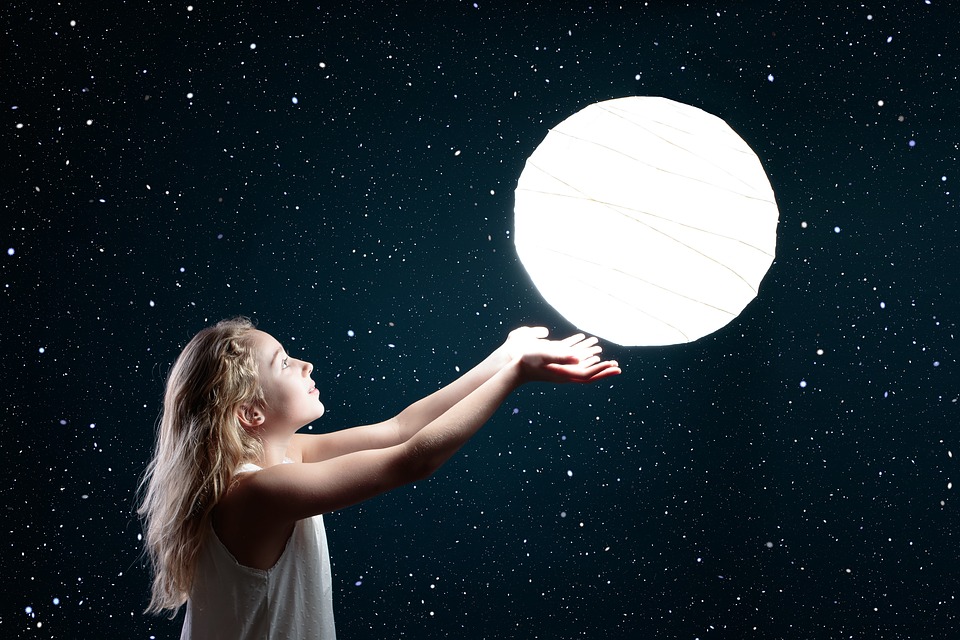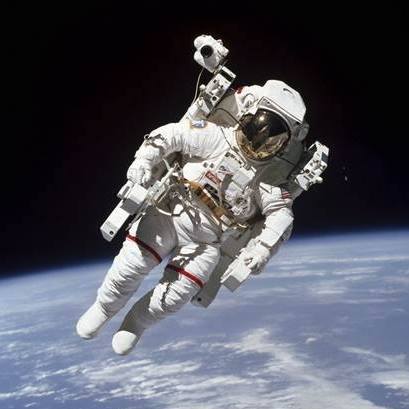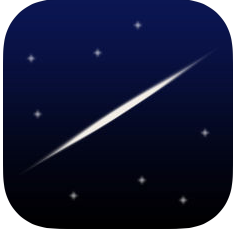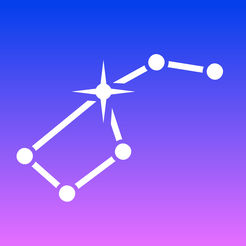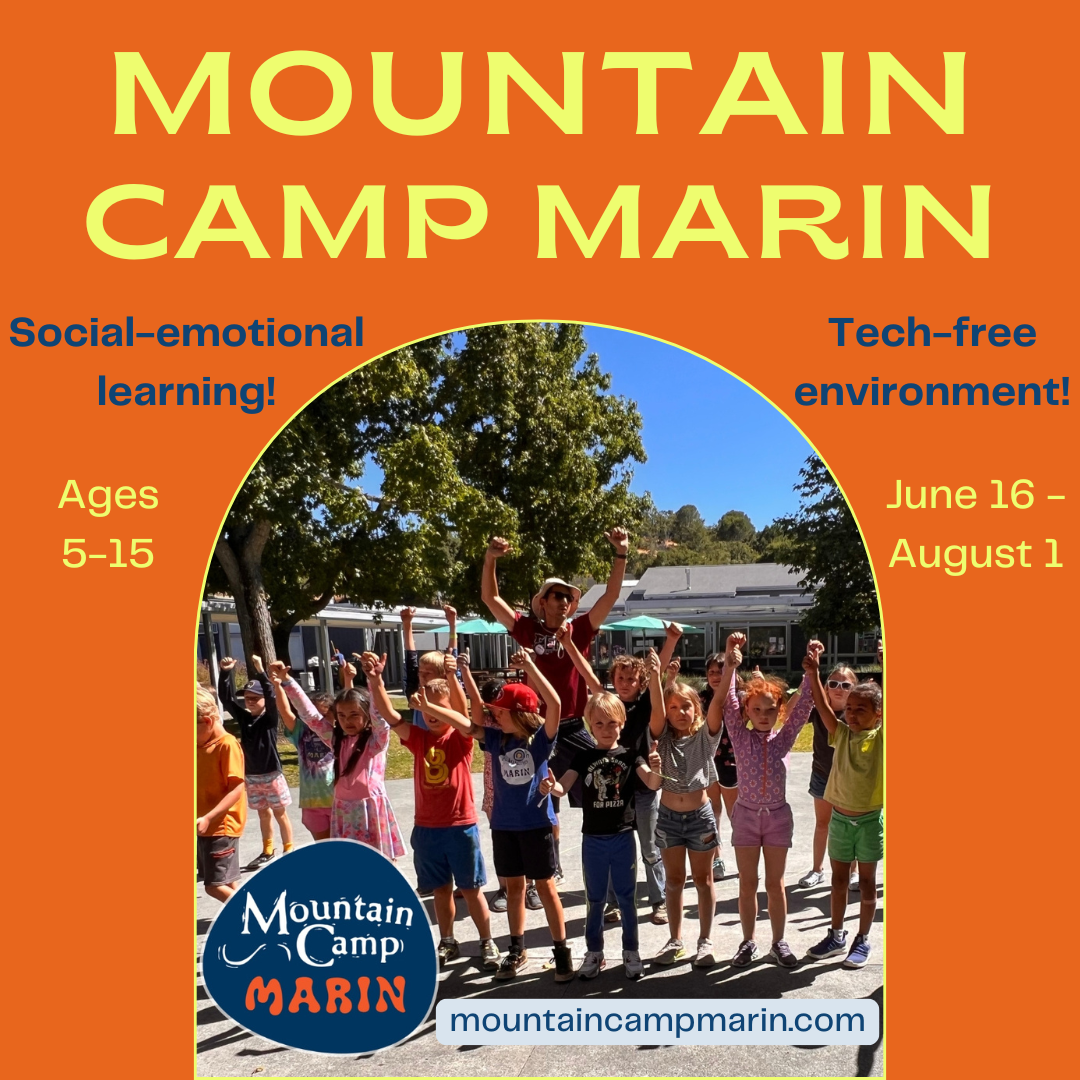Astronomy for Families in the Bay Area
/Kids love looking up at the night sky. It's an easy first step in the field of science simply because all you have to do is step outside and look up. The stars, moon, and planets always inspire wonder and curiosity. By building off a child’s interests in space, you can foster a love of science, especially in astronomy, for kids and the Bay Area has many great opportunities to pique their astro-curiosity.
MUSEUMS & PLANETARIUMS
Chabot Space & Science Center is to be a place for students of all ages to learn and be inspired about the Universe and our Planet Earth. Chabot offers visitors hands-on experiences, interactive exhibits and space related artifacts, and Planetarium shows that explore the universe and life here on earth.
California Academy of Science has monthly Benjamin Dean Astronomy Lectures, Activities and the Morrison Planetarium, the largest all-digital dome in the world. With a state-of- the art projector, visitors have an unparalleled view of the universe.
San Francisco State University Charles F. Hagar Planetarium has a panorama (360 deg.) projection system with an 80 scene capability plus numerous special effects projectors such as: rotating galaxy, aurora projectors, solar system projector (orrery), earth-globe projector, twin rear-screen projectors, meteor shower, evolving star, solar and lunar eclipse projector, satellite projector, 12 spot projectors, slew mirror systems, etc.
Lawrence Hall of Science Planetarium has a geodesic dome installed with a digital, fish-eye, full-dome projection system. All programs are live and interactive, with audience participation in various activities. Questions and exploration are encouraged!
The Space Station Museum in Novato is a space exploration museum which owns one of the largest private collections of U.S., Russian and Soviet space exploration artifacts and provides a unique approach to learning and for inspiring the next generation of astronauts, engineers and scientists!
The Robert Ferguson Observatory in Kenwood brings the science and fun of astronomy to adults, children, and anyone who is curious about the universe we are a part of.
EVENTS
Mt. Tam Star Parties monthly educational program is designed to give the public and students of all ages and backgrounds a better understanding of our universe by hearing about current theories and discoveries followed by an opportunity to observe through telescopes. Bring a picnic and something to sit on (chairs or blanket).
A Truly Starry Sky on Monday, April 16, join Local Enthusiasts for: An introduction to stargazing. Information on local outdoor astronomy events. Practical health and safety benefits of mitigating light pollution. Simple ways you can help mitigate problems associated with light pollution. Our Presenters will be: Ron Rosano - NASA Solar System Ambassador and amateur astronomer. Joyce Gardella - A member of the Marin Environmental Forum. All are in awe of a starry sky.
CalDay on Saturday, April 21, 2018 head to the astronomy demonstrations and hands-on activities for kids in Campbell Hall. Learn about the sizes and distances of the planets in our solar system and make your own pocket solar system to take home with you! Come visit our brand new parabolic mirror and roast some marshmallows.
Asteroid Day on June 30, 2018 is a global awareness campaign where people from around the world come together to learn about asteroids, the impact hazard they may pose, and what we can do to protect our planet, families, communities, and future generations from future asteroid impacts.
GROUPS
The San Francisco Amateur Astronomers hosts a monthly City Star Party at either the Presidio Parade Grounds, Point Lobos near Lands End, Pier 17 near the Exploratorium, or other announced locations.
APPS
ISS Finder a simple and beautiful way to track the International Space Station. ISS Finder provides excellent pass prediction so you'll know when and where in the sky the station is passing overhead.
Iridium Flares Did you ever want to see a falling star but don't want to sit outside all night waiting to see one? The next best thing is watching Iridium Flares. The advantage of them is that you can know the exact time and place when they're about to happen. The big difference is that you're watching an Iridium (a satellite) that's reflecting sunlight, instead of a falling star.
Star Walk is the most beautiful stargazing app you’ve ever seen on a mobile device. It will become your interactive astro guide to the night sky, following your every movement in real-time and allowing you to explore over 200, 000 celestial bodies with extensive information about stars and constellations that you find.
Sky Safari shows you 120,000 stars, 222 of the best-known star clusters, nebulae, and galaxies in the sky; including all of the Solar System's major planets and moons, and more than 200 asteroids, comets, and satellites.
Do you have any more Astro-Tips? Please leave a comment.


